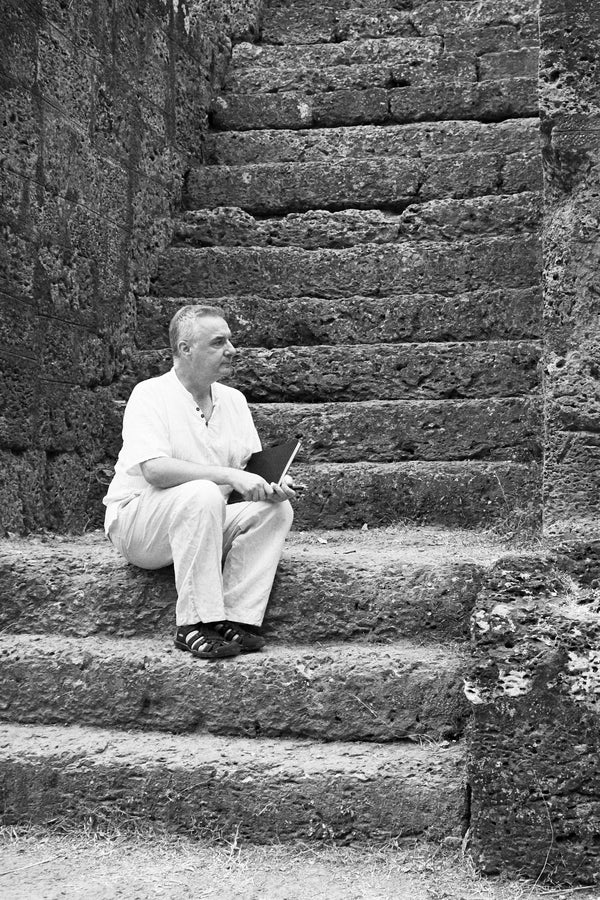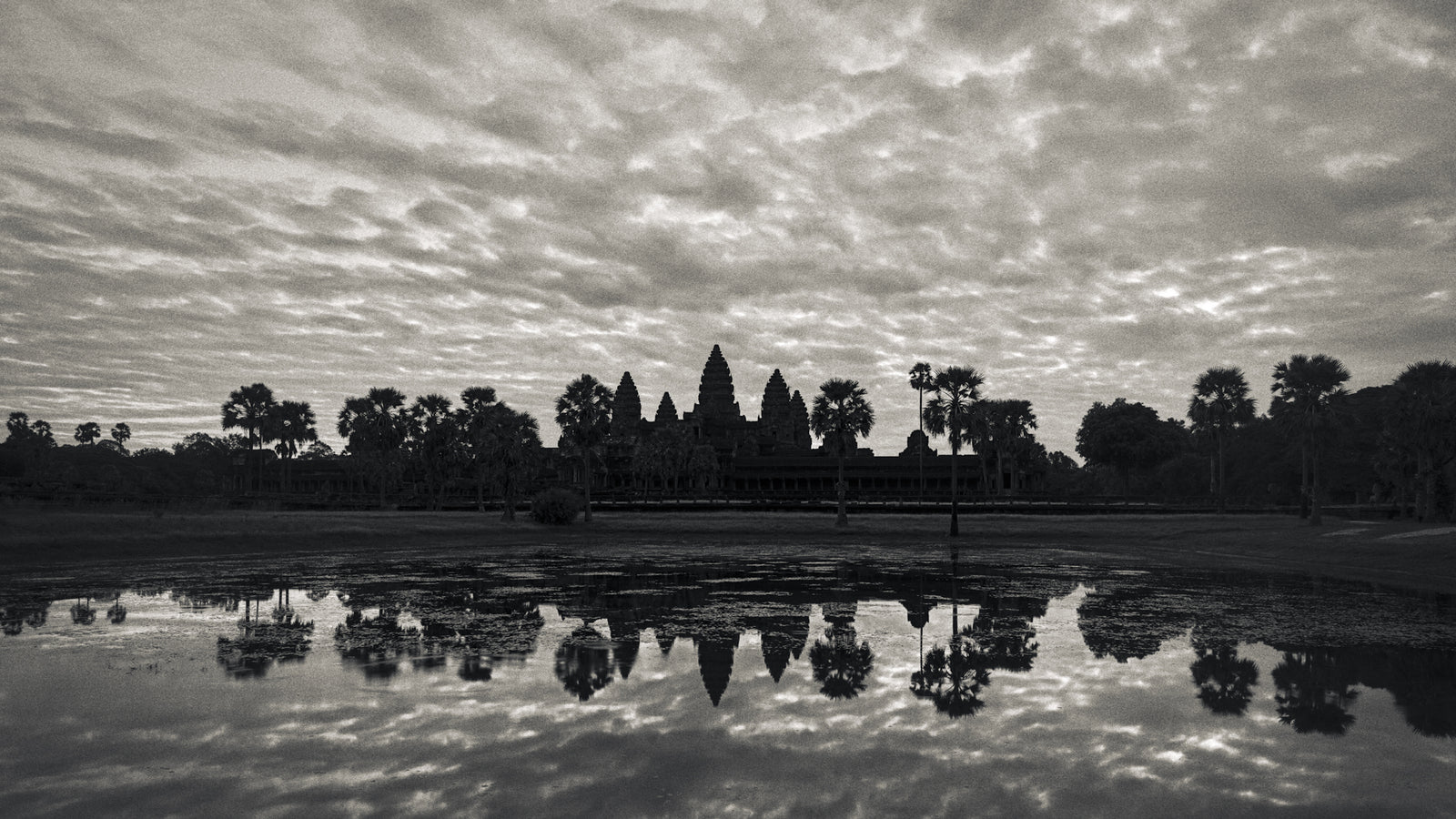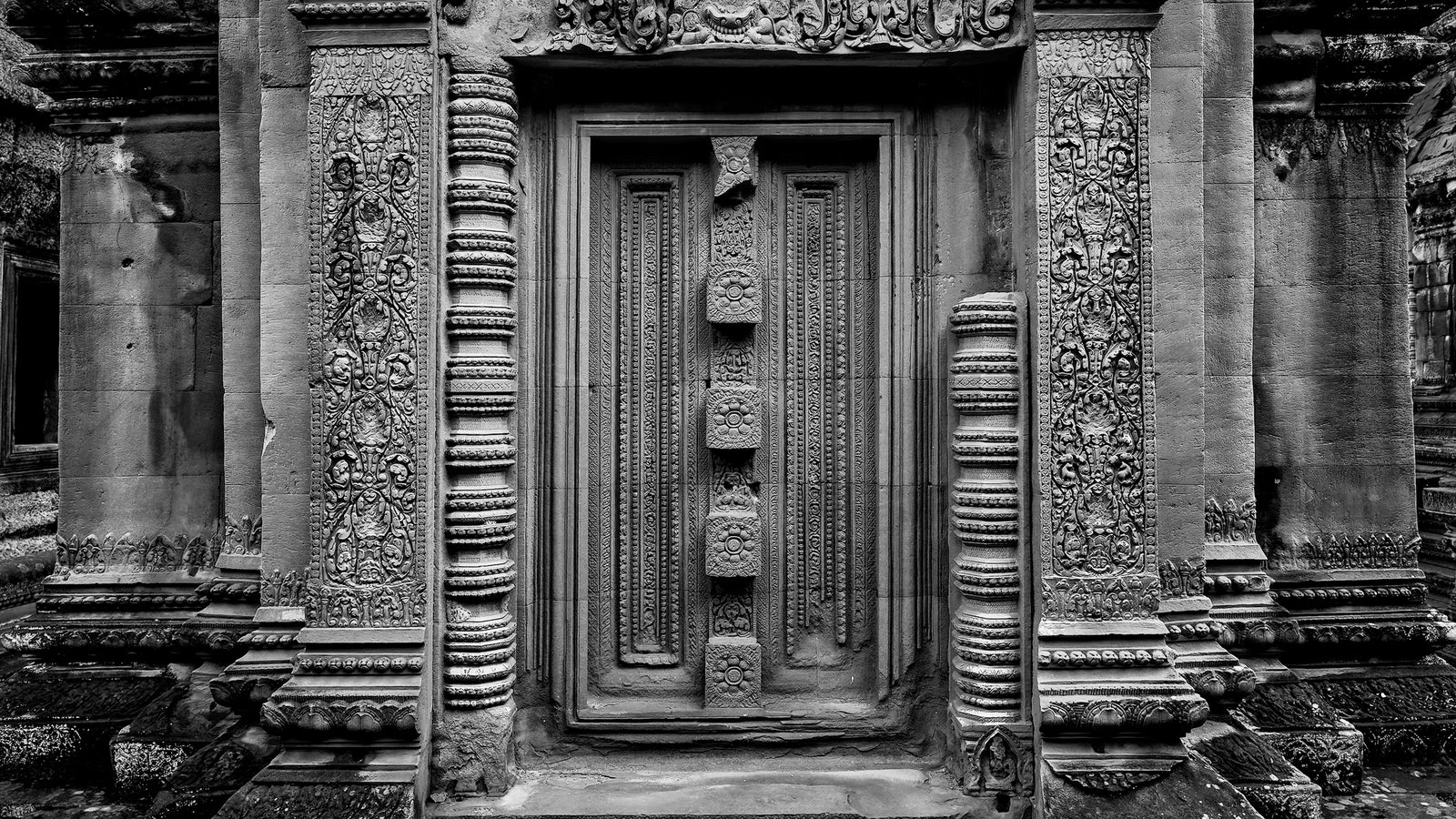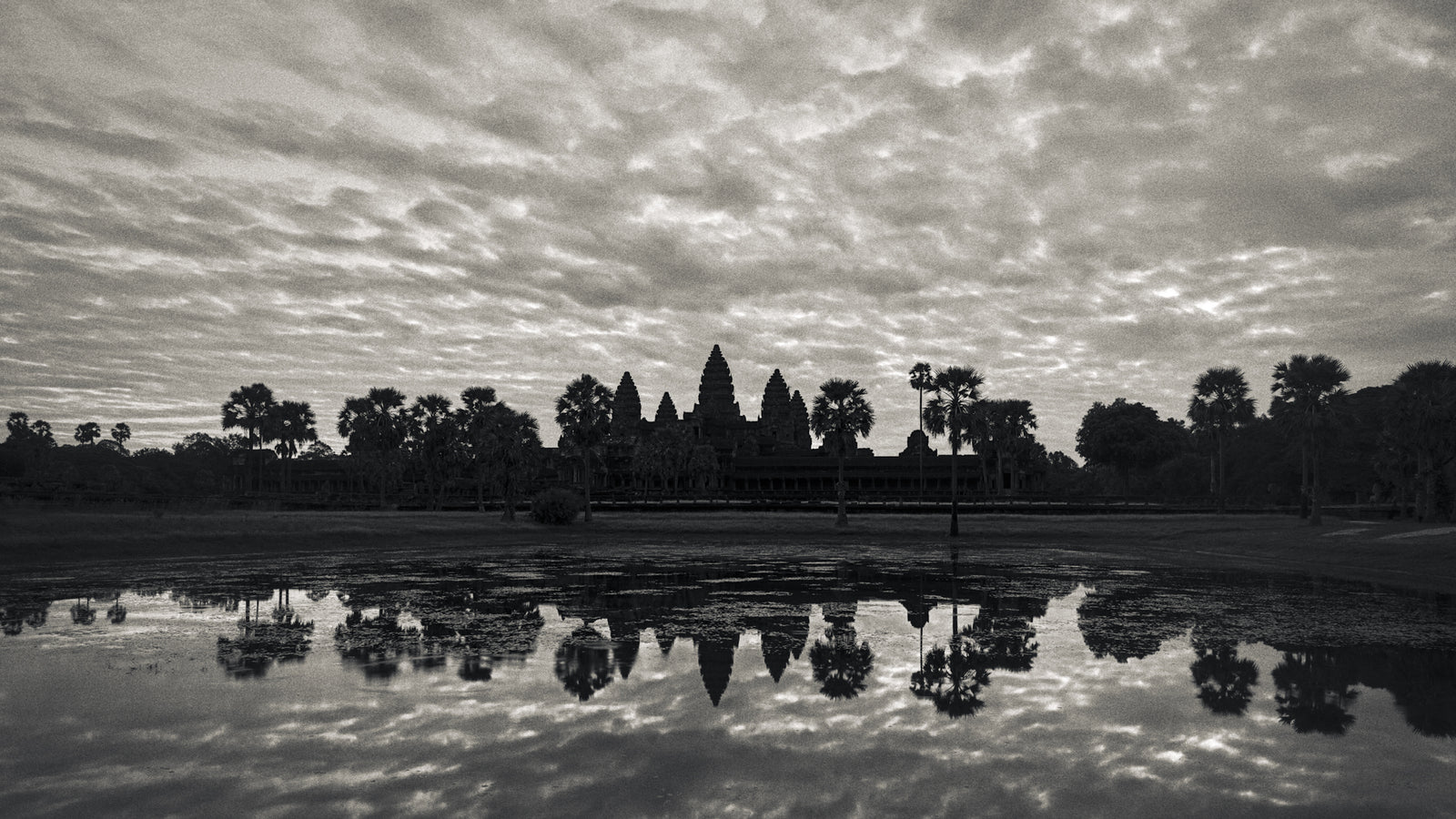Complimentary worldwide shipping on orders over $400 · No import tariffs for most countries
Complimentary worldwide shipping on orders over $400 · No import tariffs for most countries
Jayavarman VII
3 min read
| Preceded by Tribhuvanadityavarman 1165 – 1177 |
Jayavarman VII Emperor of Angkor 1181 – 1220 |
Succeeded by Indravarman II 1220 – 1243/1270* |
| Religion: | Mahayana Buddhist |
| Monuments: |
Ta Prohm Temple Ta Prohm Kel Temple (1186) Preah Khan Temple Banteay Prei Temple Prei Temple Prei Prasat Temple Banteay Thom Temple Tonle Sgnout Temple Banteay Kdei Temple Ta Som Temple Ta Nei Temple Srah Srang Jayatataka (Baray) Neak Poan Temple Krol Ko Temple Banteay Chhmar Temple Preah Khan of Kompong Svay (additions) Angkor Thom (walls and gates) Royal Palace (additions) Royal Terraces (Elephant and Leper King) Suor Proat Temple Bayon Temple Chrung Temples |
| Relatives: | Son of Dharanindravarman II (reign 1150 – 1156 CE) and Queen Sri Jayarajacudamani Father of Indravarman II (reign 1220 – 1243/1270 CE) |
Jayavarman VII (Khmer: ជ័យវរ្ម័នទី៧), born circa 1122 CE, is generally considered the most powerful of the Khmer monarchs by historians.
The Angkor empire had languished for four years until Jayavarman VII expelled the Chams (and killed their ruler, Jaya-Indravarman), initiating a second golden age in Angkor and expanding the empire to its greatest extent.
Jayavarman VII expanded Angkor rule over territories encompassing most of present-day Thailand to the west and Champa (Vietnam) to the east. Temples, hospitals and roads were built all over the kingdom. Several steles of this period were found in the kingdom's outlying provinces, confirming the existence of a well-organised administration centred on Angkor.
He was a devout Mahayana Buddhist ("Buddhism of the Greater Vehicle"), but Brahmans continued to play a "role at court", of which Hrishikesa was made chief priest, with the title Jayamahapradhana.
Jayavarman VII married Princess Jayarajadevi and then, after her death, married her sister Indradevi. The two women are commonly thought to have been a great inspiration to him, particularly in his unusual devotion to Buddhism. Indradevi is said to have taught the religion to ‘crowds of women'.
As a Mahayana Buddhist, his declared aim was to alleviate the suffering of his people. One inscription tells us:
Jayavarman VII had many sons, including his successor Indravarman II, Suryakumara (mentioned in Ta Prohm Temple), Virakumara (mentioned in Preah Khan Temple), and Srindrakumara (mentioned in Banteay Chhmar Temple). The suffix kumara means 'prince'.
Over the 39 years of his reign, Jayavarman VII embarked on a grand program of construction that included both public works and monuments. It has even been said that as much construction took place during his reign as during the reigns of all his predecessors.
Early in hie reign, Jayavarman VII focused on public works, such as his famous 102 hospitals, 121 dharmasalas ("houses with fire", rest houses he had built every fifteen kilometres along raised highways for travellers), barays (reservoirs), and a large number of the stone bridges on the royal roads linking the capital and the provinces of the empire.
Jayavarman VII then built two temples to honour the memory of his parents: Ta Prohm Temple, in honour of his mother, and Preah Khan Temple, in honour of his father. On the subject of filial piety the Preah Khan Temple stele is eloquent:
He also built Neak Poan Temple ("Coiled Serpent"), one of the smallest but most beautiful temples in the Angkor complex, a fountain with four surrounding ponds set on an island in the Jayatataka Baray.
Jayavarman VII's construction program was not confined to the Angkor region. To the west, he built Banteay Chhmar Temple, the largest temple built during the Angkor period. To the east, he made additions to Preah Khan of Kompong Svay.
Finally, he constructed his own "temple-mountain" at the Bayon Temple and developed the city of Angkor Thom around it.
We know very little about the end of Jayavarman VII’s reign and the reign of his successor, Indravarman II. We know that Indravarman II was also a Buddhist who may have extended some of his predecessors’ works.
Inscriptions found at the Bayon Temple have little to say about the last phase of Jayavarman VII’s life. Those at the four comers of his city, Angkor Thom, apparently all inscribed at the time of his death, provide helpful references to Jayavarman VII’s wars against the Chams and the Vietnamese, but they are poorly written and several of them (like some of the bas-reliefs at the Bayon Temple) are unfinished, almost as if the workmen had dropped their chisels on receiving news of the king’s death.
Jayavarman VII was given the posthumous name of Mahaparamasaugata.
Also in Angkorpedia
Join My Studio Journal
Receive occasional letters from my studio in Siem Reap—offering a glimpse into my creative process, early access to new fine art prints, field notes from the temples of Angkor, exhibition announcements, and reflections on beauty, impermanence, and the spirit of place.
No noise. No clutter. Just quiet inspiration, delivered gently.
Subscribe and stay connected to the unfolding story.

Join My Studio Journal
Receive occasional letters from my studio in Siem Reap—offering a glimpse into my creative process, early access to new fine art prints, field notes from the temples of Angkor, exhibition announcements, and reflections on beauty, impermanence, and the spirit of place.
No noise. No clutter. Just quiet inspiration, delivered gently.
Subscribe and stay connected to the unfolding story.



